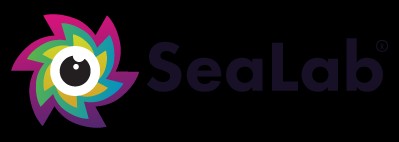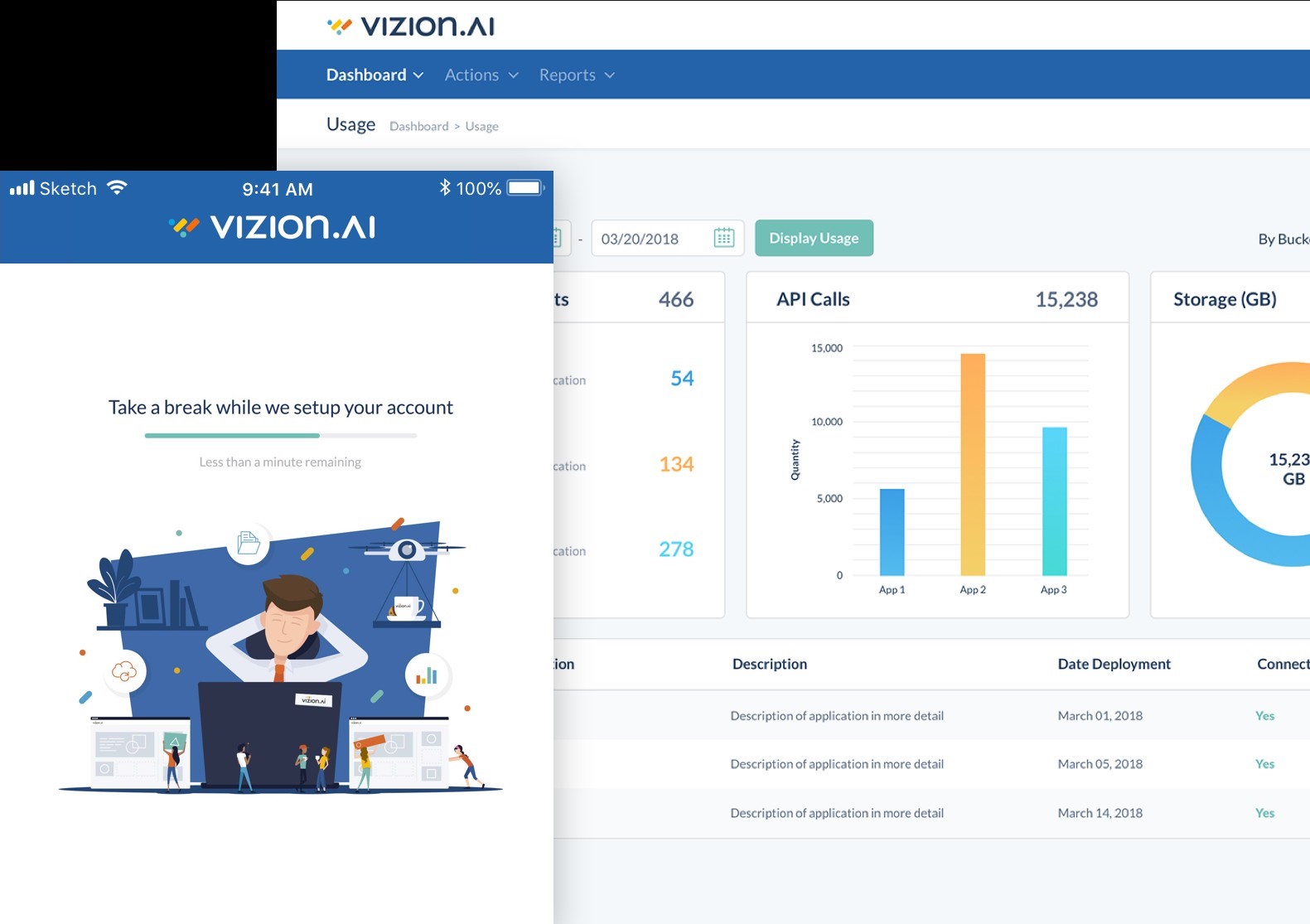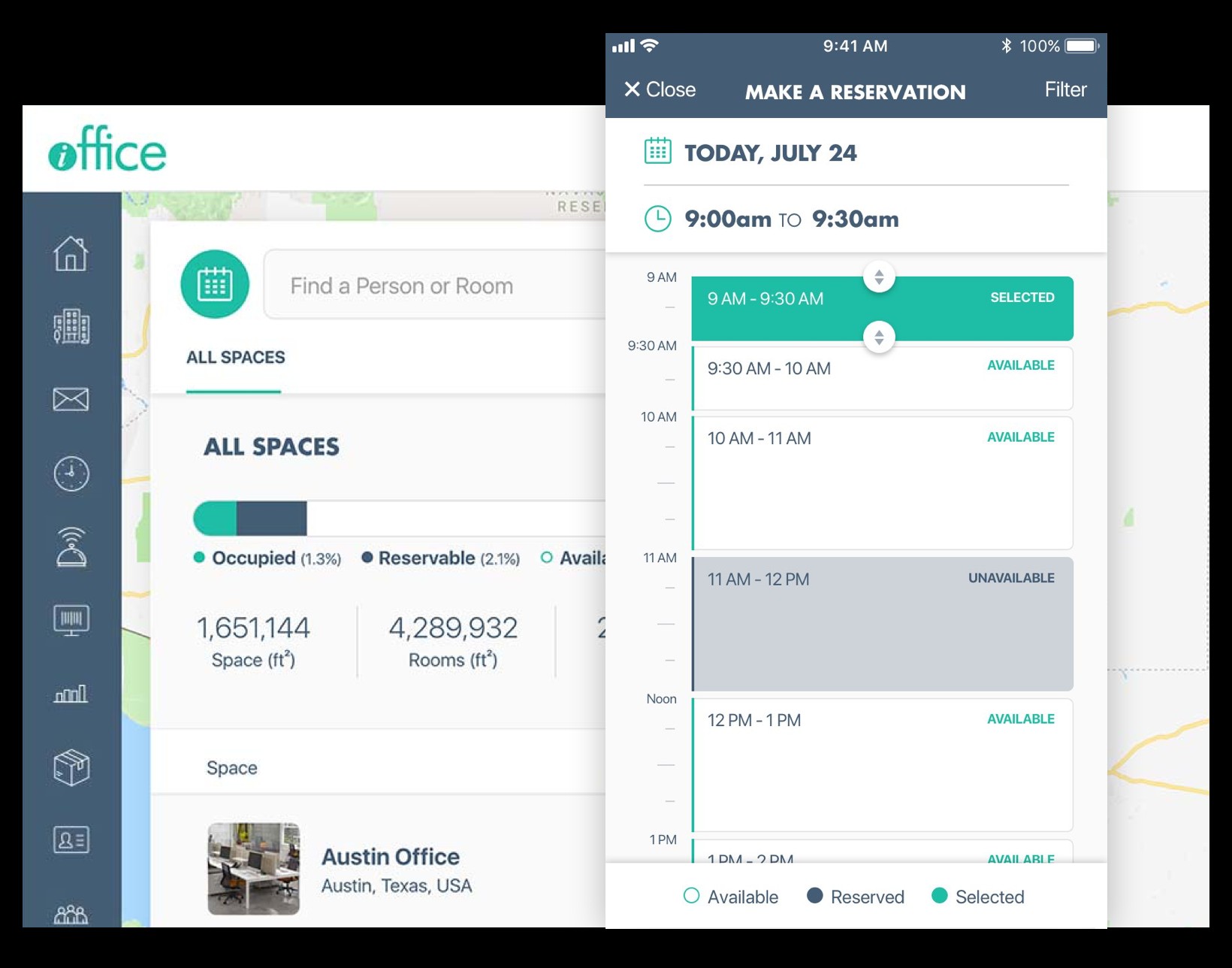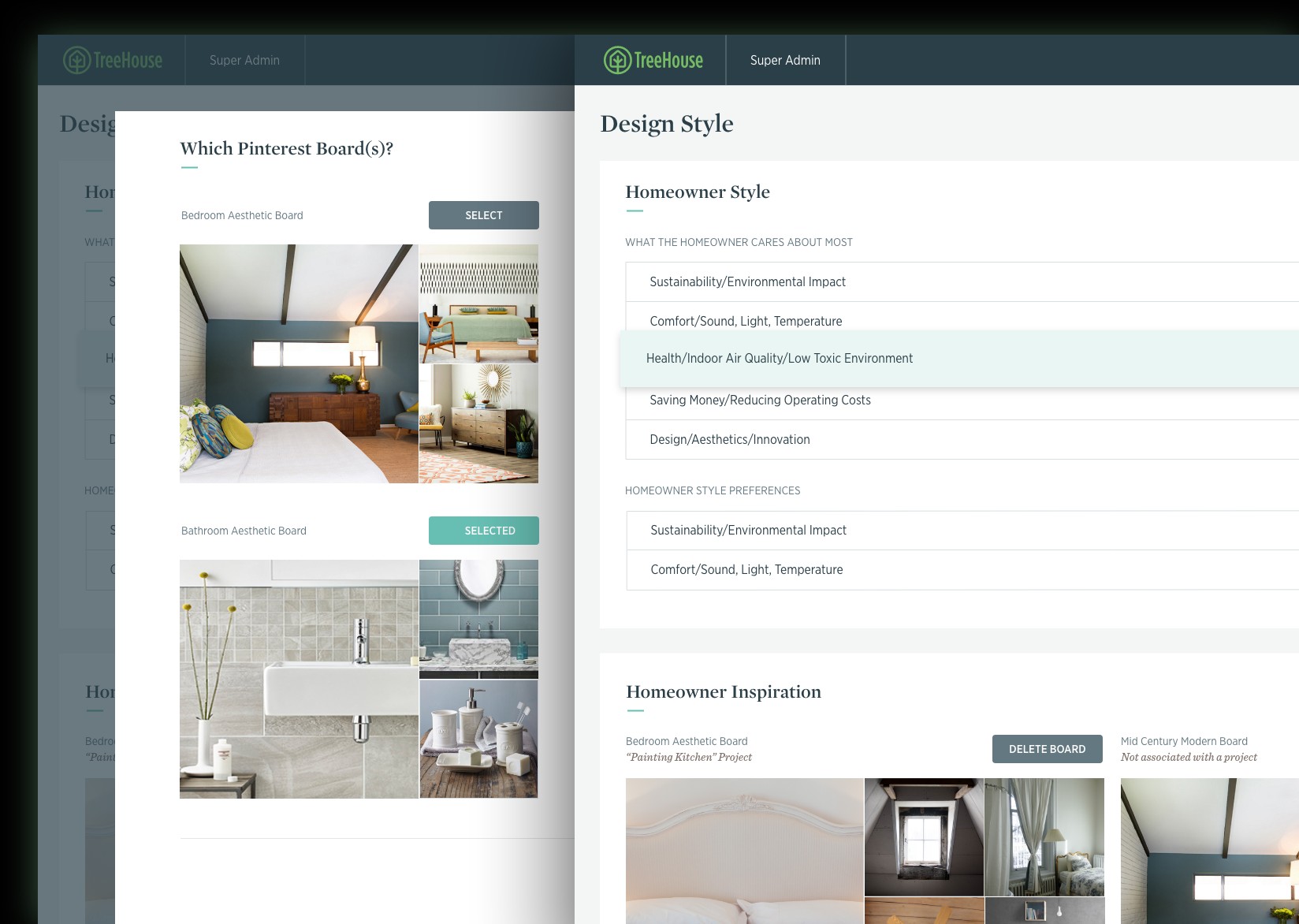We recently connected with Heather White and have shared our conversation below.
Heather, looking forward to hearing all of your stories today. Let’s jump right into how you came up with the idea?
Prior to SeaLab’s creation I co-founded a design and development services firm by the name of Balderdash LLC. Our little team catered to mostly eager entrepreneurs with a brilliant napkin idea, and goals to pitch to Silicon Valley for investment.
While I loved the passion of all of our clients and the variety of projects we got to work on in such a short time, the shoe string budgets always left us trying to help cut costs at every possible corner. Unfortunately, that usually left parts of the design and user experience process on the chopping block. As a huge human-centric and data-driven design advocate, I found this very disheartening.
After a couple years, the team went their separate ways and I decided to take the opportunity to start a data-driven design company catering to the clients who wanted exactly what we offer: beautiful, usable, human-centric, data-driven products. And SeaLab was born!



Great, appreciate you sharing that with us. Before we ask you to share more of your insights, can you take a moment to introduce yourself and how you got to where you are today to our readers
My name is Heather White and I’ve been a User Experience Designer (UXD) and advocate for about 12 years. While I’m incredibly happy with where my life has led me thus far, I can say that my path, like almost everyone I know in this industry, was far from linear.
A User Experience Designer, despite the name, is someone who offers services and expertise beyond what is considered pure “design”. In fact, UX is an umbrella term that captures an entire philosophy to building products in a human-centric way. To put it more simply, a UXD is always talking to your customer and validating designs and decisions with the people who will ultimately be using your product. This approach not only saves time AND money for the company but also focuses on the people’s opinions that matter: your customers.
Other than user research, rapid iteration, and design services, a UXD is also ideally proficient in accessibility, and inclusive guidelines and user experience best practices. This means they have knowledge and tools to test for WCAG AA and AAA compliance for users with disabilities as well as have deep knowledge for how people use digital products. This skillset helps a product design start out on the right foot even if user testing is difficult to accomplish or not possible.
As both a type-A logical and creative person, I find this industry to be extremely rewarding; I’m challenged by my work in all the right ways and enjoy that I can apply my skillset to an infinite number of projects and challenges. It keeps things interesting and continues to keep me engaged even 12 years in.
After many years of fumbling around for the right career path (I tried architecture, marketing design, graphic design freelancing, and even development) I finally found my UX niche a few years out of college and a few years after that created my design agency, SeaLab LLC, back in 2014. My express goal was to attract clients who desired the human-centric, empathetic approach to product design that only a UX shop can bring to the table.
Things began very slowly (we even went through a name change within our first year because I learned the hard way about trademarks). We first positioned ourselves as a design team partner for development teams, and got the opportunity to tag team on some fantastic projects such as an IBM Watson Education project. This partnership angle kept our lights on for the first couple years and brought in some incredible opportunities. A few years later, we expanded our offering to include more user research focused services in the hopes of attracting additional clients who wanted more of the qualitative and quantitative data as end deliverables. This didn’t bring in much additional work for us due to a lot of big UX shops already dominating this market, so we pivoted yet again to position ourselves as a long term design and user experience partner who can help with anything from conception to creation. We’ve been able to partner with companies over long periods of time, get to test and iterate based on real user feedback, and simultaneously being champions of UX within our clients’ world.
It’s been a winding road full of ups and downs, but it’s been worth every second. I’ve loved all the talented designers and brilliant clients we’ve worked with along the way. Thank you to all of them for their continued trust in SeaLab, and I hope they all know this wouldn’t ever have been possible without each and every one of them.


How do you keep in touch with clients and foster brand loyalty?
This is a fun one. One of my favorite parts of SeaLab is we don’t have to follow anyone’s “standard” way of doing things. In fact, as designers, we pride ourselves in thinking outside the box. This extends beyond client work into our marketing efforts.
As an example, SeaLab likes to send out physical cards to clients, friends and family. As a fully digital, fully remote and distributed company, why do all interactions have to be online? Why not reach out beyond the screen?
Our first card design iterations were MESSY. They consisted of spray painted cards (that we did ourselves in my backyard) with complementary colored Cal outlines (our abstract squid mascot) in the middle of each one, and a variety of a single googly-eye attached to his outline. My hands were always stained with paint and glue by the end of a creation session. Once painted, we wrote a custom, hand written message to each and every person along with a sticker (because who doesn’t love stickers!?) and mailed them out with ocean themed stamps.
This was, as you can imagine, so much work and not a scaleable solution. Besides the time commitment, our first round of cards also looked handmade to the point of messy and resulted in inconsistent quality. So the following year it was back to the drawing board.
Each year we found ourselves iterating and tweaking things in slightly different ways to make the process easier on us without losing quality or the intention of the cards. One year we went through a round where we JUST spray painted Cal on a blank card. Another year we used existing ocean themed card designs and hand wrote messages inside. One year we even went with “plant-able” cards containing flower seeds to help promote our “Go Green” initiative as we joined the Platinum Level of Austin Green Business Leaders.
After 5-6 years of different iterations, we finally found a solution that felt right: Our designers all collaborate on card and sticker/magnet designs throughout the year. These designs then get unified into a similar style, sent to be printed, and shipped to us prior to the holiday season. These cards are blank on the back for us to add a custom message, and each card, along with a sticker and magnet, go inside a hand addressed envelope with a real wax seal containing our logo. We change up the envelope, style of hand lettering, and color of wax, but for the last several years this has been our favorite tradition to keep in touch with clients. Nothing brings me more joy than seeing clients, friends and family showing me their magnet or sticker they received from holiday cards. I cannot foresee a time SeaLab discontinues this tradition.



Let’s talk about resilience next – do you have a story you can share with us?
The story itself is nothing new, and unfortunately a story many creatives are familiar with. It’s the classic “cautionary tale” that, worst case, has you questioning everything as a business owner and best case ends up shaping how all future engagements are done. This is SeaLab’s story.
Within 6 months of SeaLab’s creation, an entrepreneur convinced he is the “next facebook” style project engaged with us hoping we could help bring his vision to life. He had an idea, a shoestring budget, and beyond high expectations. It was the type of project I was confident we could knock out of the park, so I sent over pricing, an expected timeline, and even connected him with my partner development agency to build. Contracts were signed for a small trial engagement and we were off.
Looking back I can see the red flags from the beginning, however I was blind to them due to my excitement of the project. Our first retainer, though small, had very few bumps in the road and was completed successfully, early, and received high praise. Our client was happy enough to engage with us on a second, larger round of designs which I happily agreed to. Red flag #1: the first invoice had yet to be paid despite delivery of designs. It was promised to be “in the mail” and unfortunately I was naive and trusting and continued forward anyway.
Within days of starting work on the second round of wireframes, the emails began trickling in. They started slow at first – two or three a week alternating between requesting an additional page or two to be designed without adjusting payment or timeline, and promising the “checks are in the mail” for the two open invoices. As the now overdue invoices continued to be unpaid, and I began to remind kindly of our policy of payment prior to work, the tone of emails changed. They varied from rude and passive aggressive to outright insulting language about our policy and designs while threatening to terminate our relationship if we didn’t give him free work.
After bandaging the situation, things went back to business as usual for a week or so before escalating again. As deadlines approached, the frequency of emails increased to 4 – 6 a DAY (sometimes minutes apart) and were partnered with multiple phone calls back to back (one night I received no less than 10 calls as late as 11pm) with increasingly aggressive voicemails. The emails and phone calls ranged from requesting additional features for the project to berating me for not responding quickly enough (not hearing from me within 24 hours was “f*cking unacceptable”). It became increasingly stressful and overwhelming to the point it was affecting my life and sanity outside of work.
As the aggressiveness continued to increase along with my stress and sleep deprivation, I finally had to accept my two choices: fire the client and deliver free work, or continue to stand my ground on payment prior to handing off designs and risk an unhappy ending. Feeling bruised, frustrated, and ultimately angry by the entire engagement, I chose the latter option. Despite remaining professional throughout the process, even in response to what were outright aggressive and bully emails, to no one’s surprise, his final email to SeaLab mocked and insulted the deliverables he had previously praised. Regardless, all i felt was relief it was over.
As the dust settled post-war, I went through all our emails, phone calls, and voicemails and mapped out a timeline of events in the hopes I could find out what went wrong on my end and learn what could go better next time. I copied and pasted language from his side and even printed and framed a particularly nasty email as a reminder of the events and the kinds of clients we wanted to avoid. My policies to this day are built based entirely on this engagement, and I do not falter from our policy under any circumstances. Whether due to luck, or from these good policies, we have not had the misfortune of dealing with another client like this since.
Contact Info:
- Website: www.sealab.design
- Instagram: https://www.instagram.com/sealablife
- Linkedin: https://www.linkedin.com/company/sealab-llc


